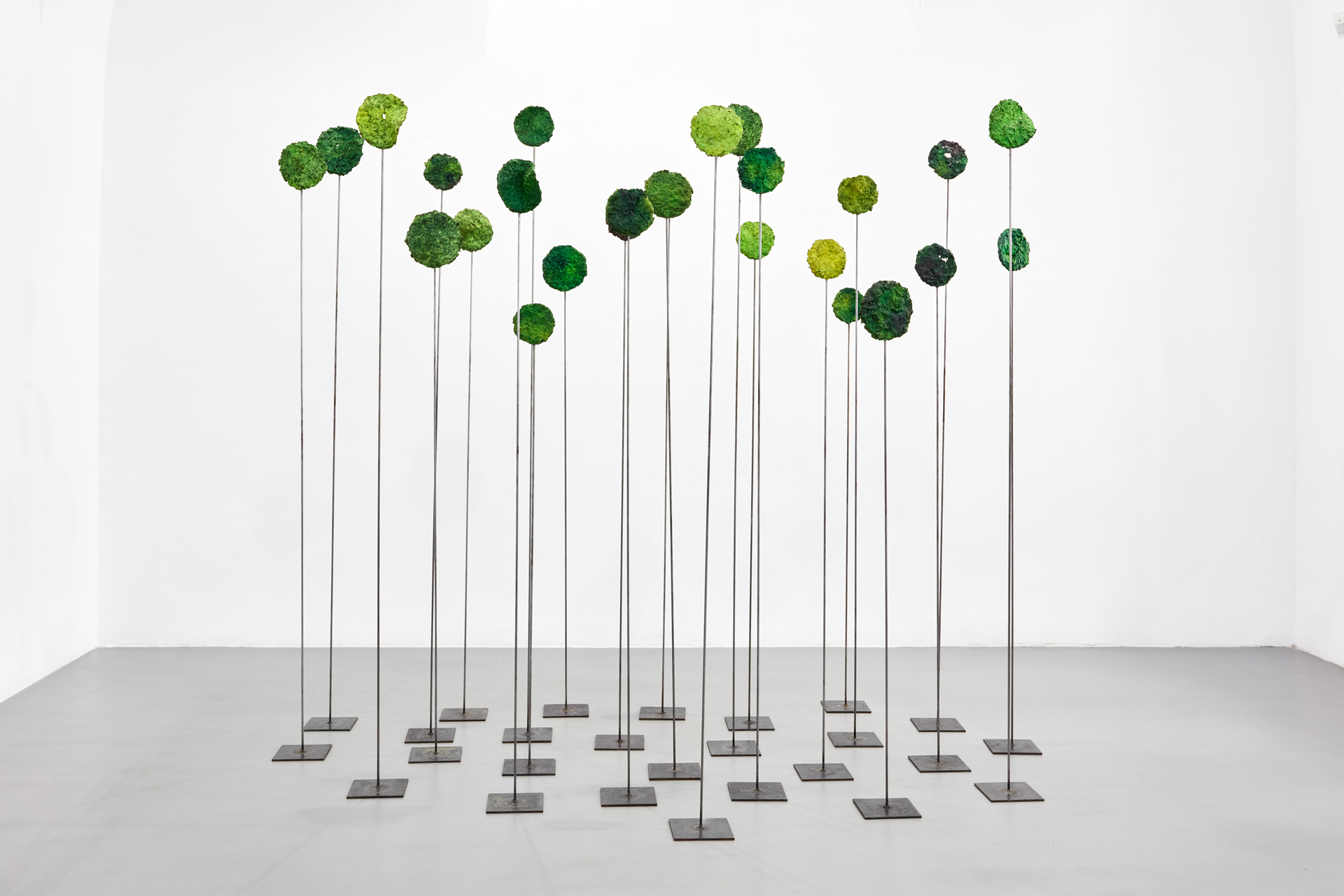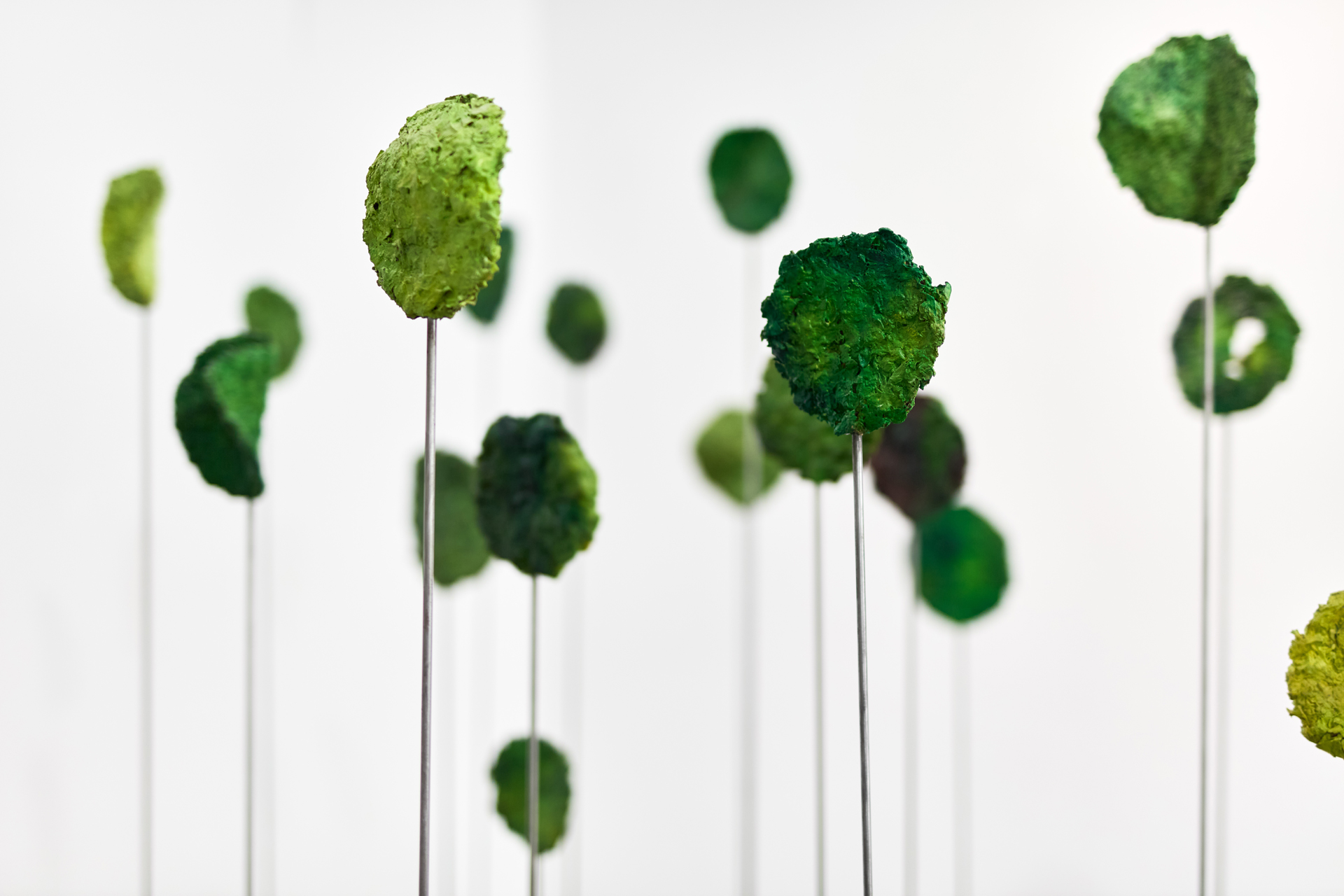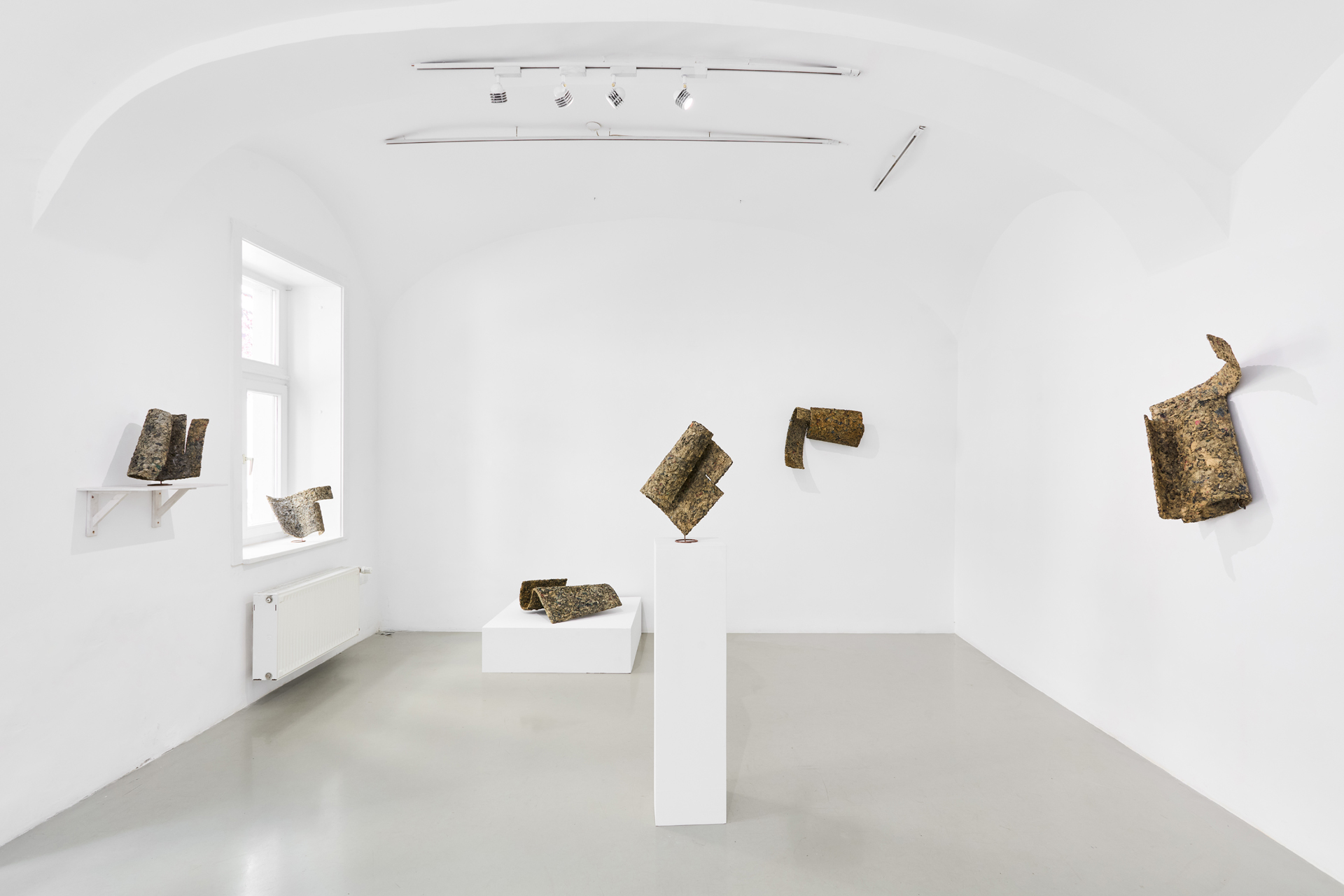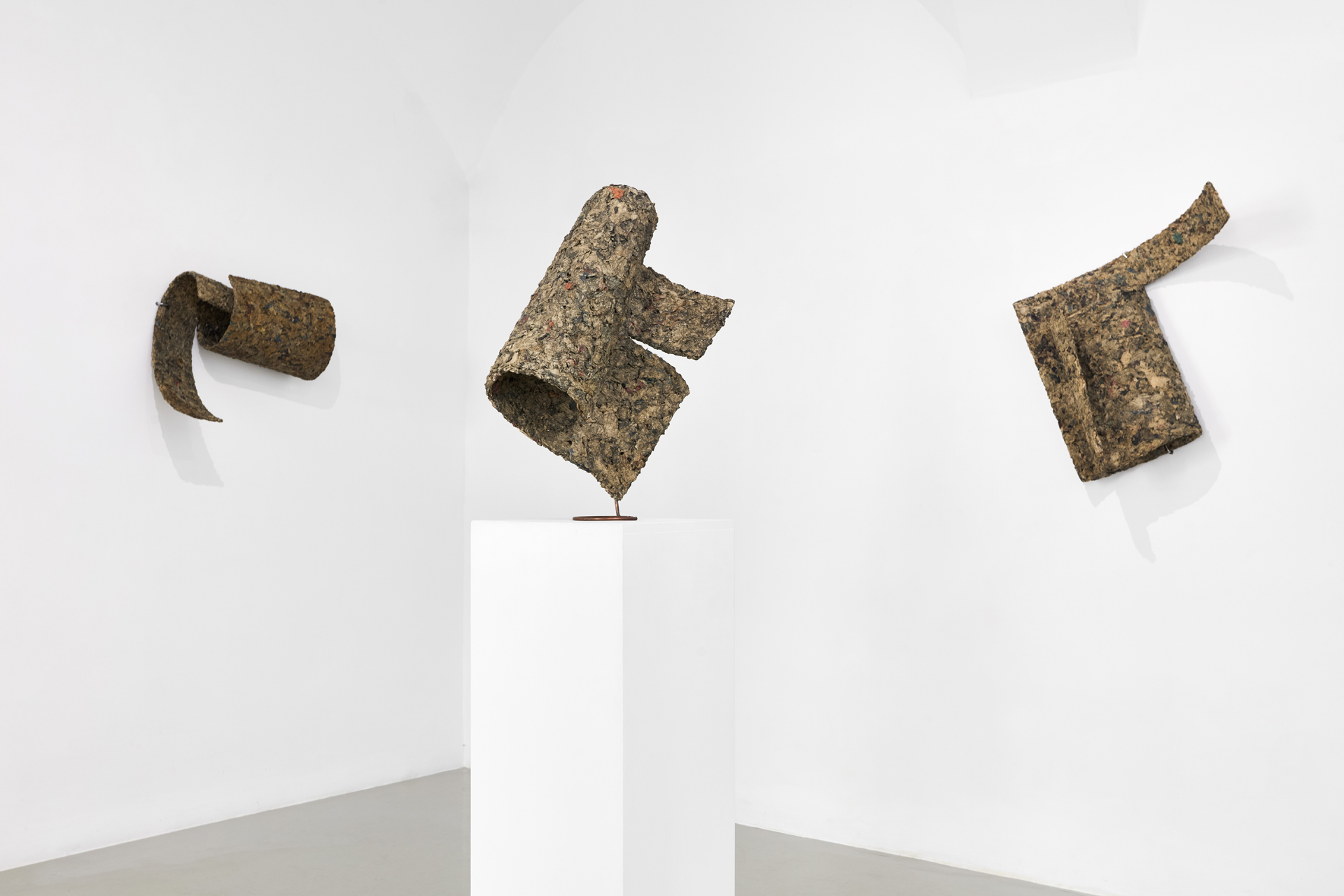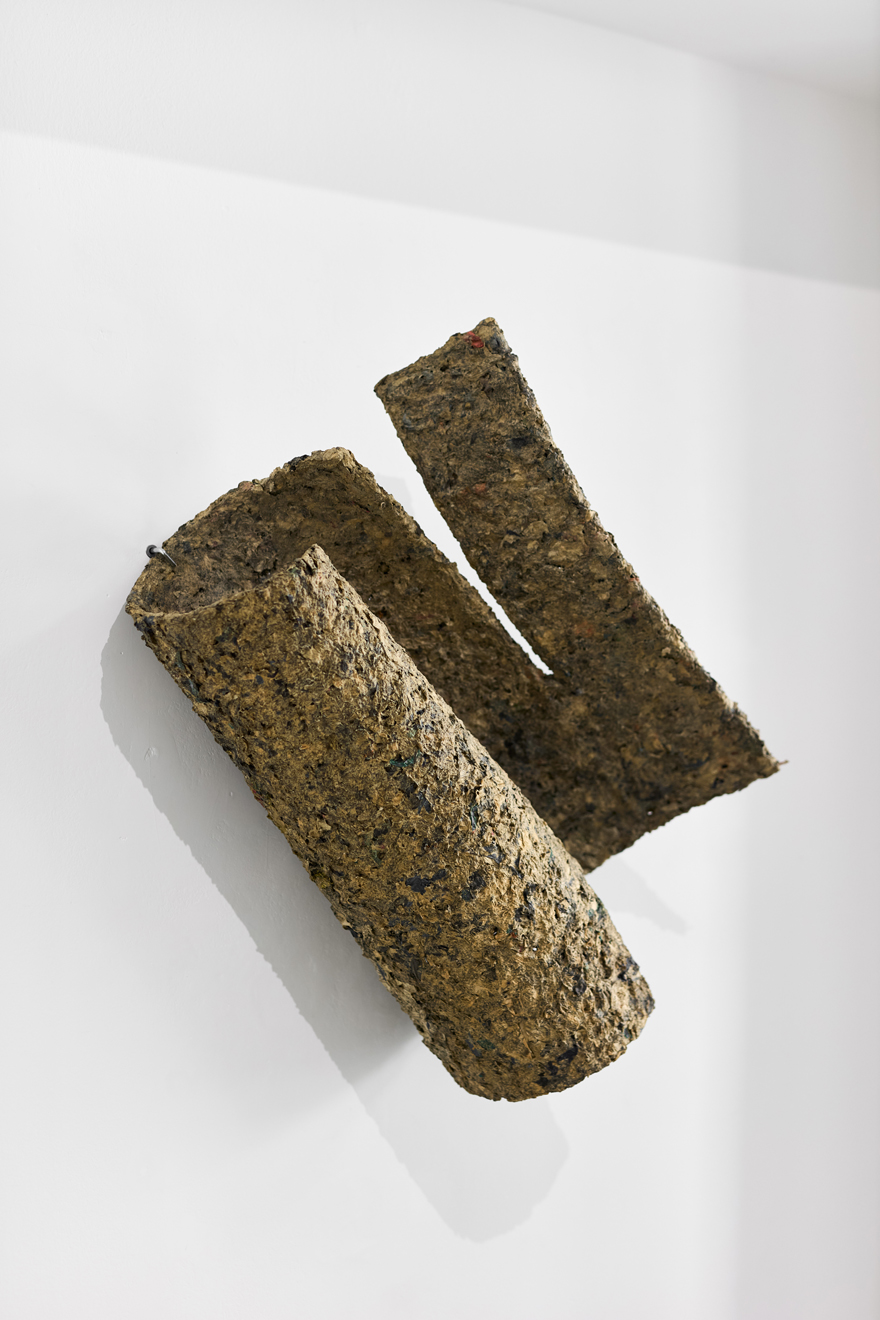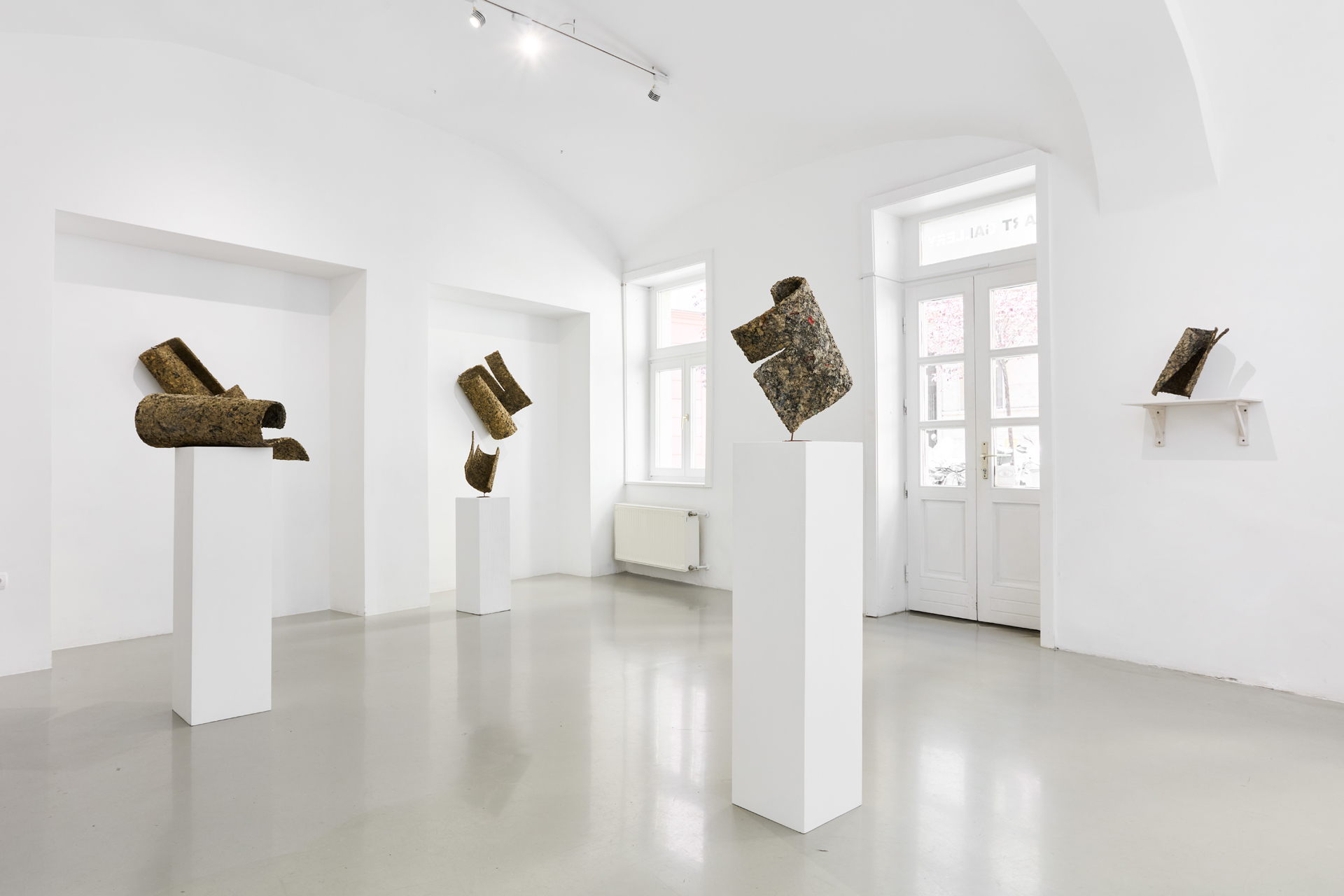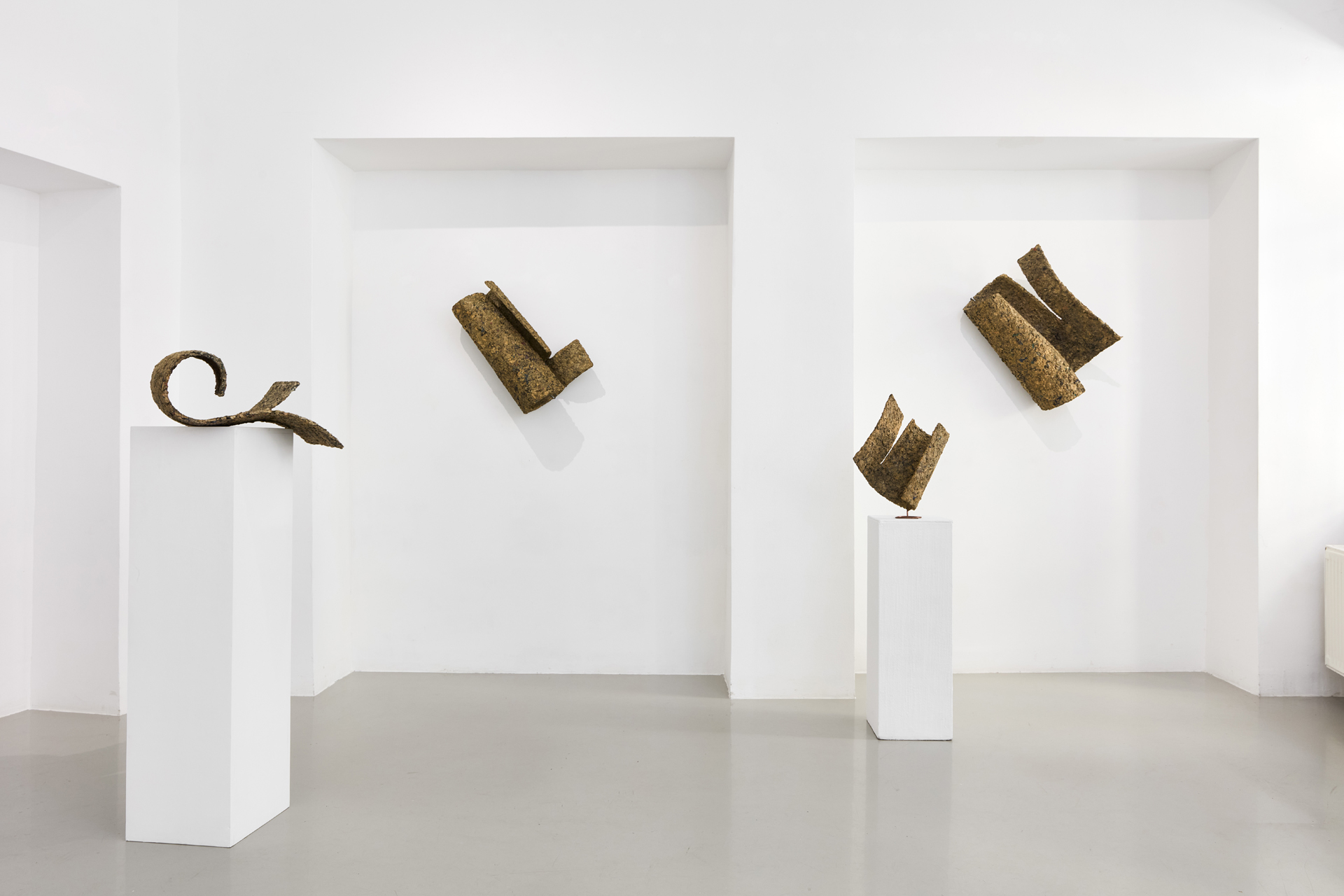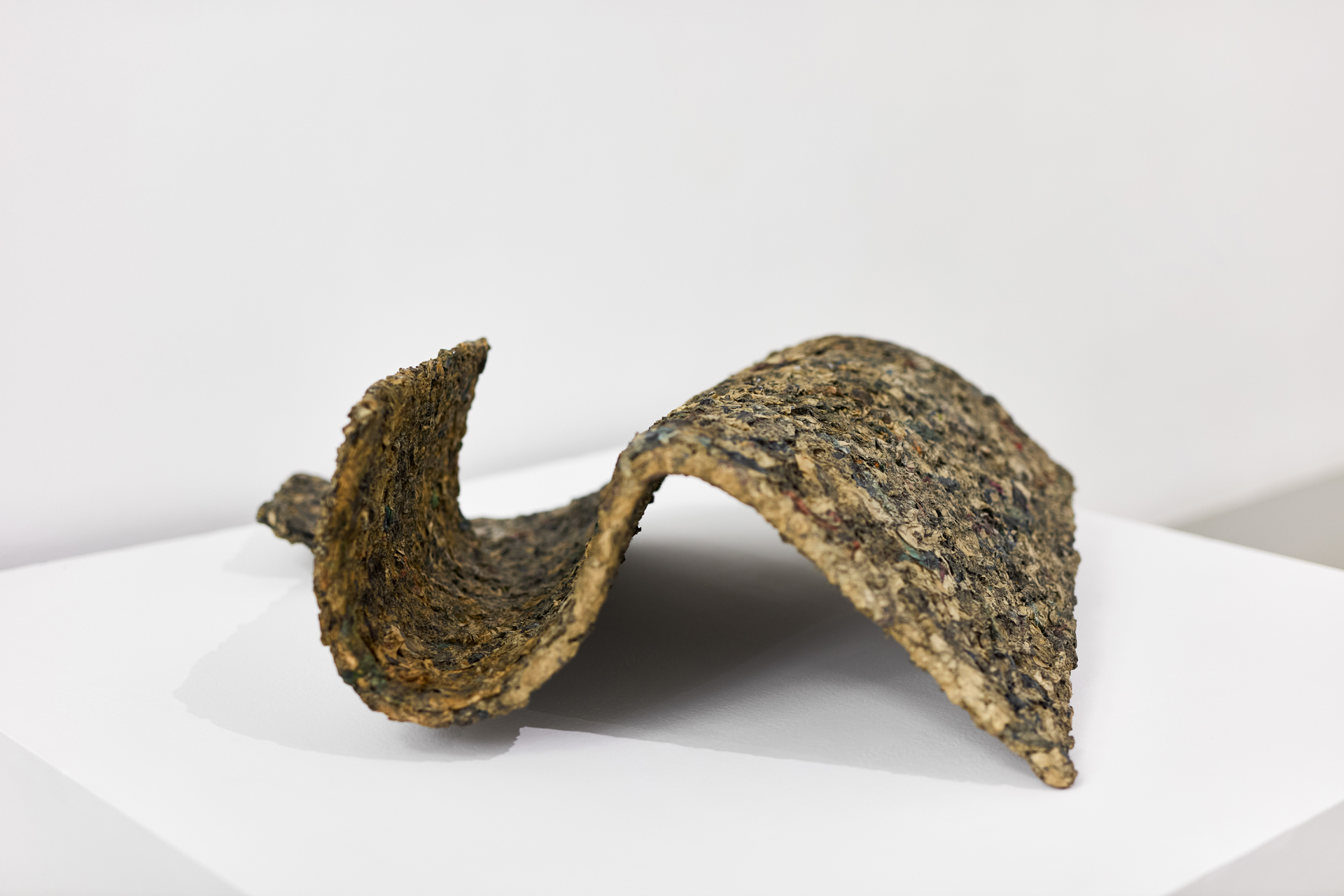After a long time, the next summer exhibition at the Kisterem will again draw attention to the work of sculptor Tamás Körösényi. An important element of the artist’s prematurely interrupted life’s work, who taught sculpture at the Hungarian University of Fine Arts, is the series entitled “Frankfurt Variations”, which was last shown to the public over two decades ago. The exhibition will present this group of works, which illustrates Körösényi’s way of thinking and his distinctive sculptural practice, together with a selection of other works. The exhibition will be opened by sculptor Ádám Szabó, a former student of Tamás Körösényi and associate professor at the University of Fine Arts.
Ladies and Gentlemen,
Thank you for the kind invitation, which allows me to contribute something to the many things I owe Tamás Körösényi. Tamás Körösényi would only be 71 years old at this time, but he has been gone for 13 years. He could not have lived to become an old master. He was a pupil of my grandfather at the Hungarian Academy of Fine Arts, and I was his pupil, and then I started teaching alongside him at the institution that has since become a university. It would be difficult to talk about him in a non-personal way, so I won’t even try.
When I enrolled in the Körösényi class, his sculpture was not my main concern. I didn’t choose the sculptor, but the teacher, who listened with a slightly tilted head, a kind smile and a squint, and talked about things that I was also interested in. He could be very encouraging and reassuring. He always had time for everyone, and could be approached with any request or problem. His humour could be wry, but he was never hurtful. The Körösényi class was an intellectual workshop, always characterised by openness and diversity. He believed that an artist must have a vision; that we should remain open to the world; that genre boundaries can and do change; that the material of sculpture can be paper, plastic, photo or video as much as clay, stone or bronze.
Of course I knew his sculptural work and I was aware of its importance. As a riddle, I would have put it something like, if form, then organic; if colour, then green; if material, then paper; and if approach, then theoretical or conceptual. Just how reductive and inaccurate this is was revealed in the retrospective exhibition hastily put together at the Kunsthalle after his death in 2013. I, too, was struck by how rich and large this oeuvre is. It remains a mystery to me how he had the time and energy to do this, alongside teaching, family and all his other commitments to the art world.
As Noémi Fórián Szabó summarized the writings on Körösényi, “it is striking how the interpretations, so distant from each other, fit together so peacefully, i.e. formalism in pure plasticity (Éva Forgács, Ildikó Nagy), the conceptualism that shapes the theme (László Beke), and the symbolism revealed in longing (László Földényi F.) are all part of Körösényi’s oeuvre.”[1] He was thinking in series, which again suggests a more formalistic approach, but there is a very strong concept or idea behind all his works, which becomes clear after reading the titles.
The installation entitled Nature Conservation Area was first exhibited in 1990 at Liget Gallery. The title is playfully ironic: is the forest of roughly circular, palm-sized green shapes strung on sticks a remnant of nature itself that needs to be protected, or are these just biomorphic markers that will fit in well with nature and mark out the area? The painted paper sculptures are descendants of his earlier sculptures of landscape pattern, oak leaves, interlocking puzzle pieces.
The Frankfurt Variations also have a cleverly complex titling. It evokes Johann Sebastian Bach’s Goldberg Variations as multiple arrangements of a single theme, with each piece distinguished only by numbering. The musical connection has already been made in the case of Landscape Voices. On the other hand, it also refers to the place where the series was made, and even to its material and size. In 2000, during a study grant in Frankfurt, he found a pile of newspapers by chance and used it as material for the sculptures. The Frankfurter Allgemeine Zeitung is considered a conservative newspaper, but by Körösényi’s own account, it is made of good hard paper and is just the right size. The unity of what the artist was striving for is clearly visible here: a harmonious balance between the conceptual starting point and the sculptor’s professional considerations.
The newspaper is therefore a reference in more than one sense. On one hand, it is a serious press outlet, but the news and publicity melt into a meaningless, unreadable mass in the making of the sculpture: Körösényi applied the torn pieces of paper, mixed with glue, to the metal mesh-coated frame. On the other hand, the sheet is also a tangible measure, which, when folded out and folded up, gives the sculptures their dimensions and proportions in rectangular form. For the artist, it is important to find the right proportions, to control the surface, to shape the form and to place it in space. The flat sheets become abstract sculptures with curved surfaces formed by incisions and folds. The classically trained sculptor varies the forms playfully, evoking Lucio Fontana with the incisions, to whom he often referred in his teaching. In the case of the series, it is not only the individual pieces that become important, but also the connections between them. He uses no or only traces of paint, the colour being provided by the ink and the colour of the newsprint, which has yellowed slightly in the course of time. The conceptual artist emphasises the origin of the material, analysing its spatial placement. He interprets in a similar way to the performers of music, changing the order of each piece from exhibit to exhibit, adapting to the space, as works displayed vertically on the wall are placed horizontally on a plinth while others stand on their own legs, he observes and uses the changes in meaning.
Print newspapers have lost some of their significance, and news has largely moved to the online space. In the general (allgemeine) media noise, essential information is often lost, but at the same time it is transformed into sculpture or sculptural series, which give it new meaning beyond topicality. After their death, artists disappear from the public consciousness, at least for a while, but I hope that through exhibitions such as this one, Tamás Körösényi will return to it and take his rightful place.
Budapest, 4 June 2024
Ádám Szabó
[1] Noémi Forián Szabó: Tamás Körösényi – Frankfurt Variations, 2000
In: Tamás Körösényi: Frankfurt Variations, Budapest, 2022
Photography by Dávid Biró

